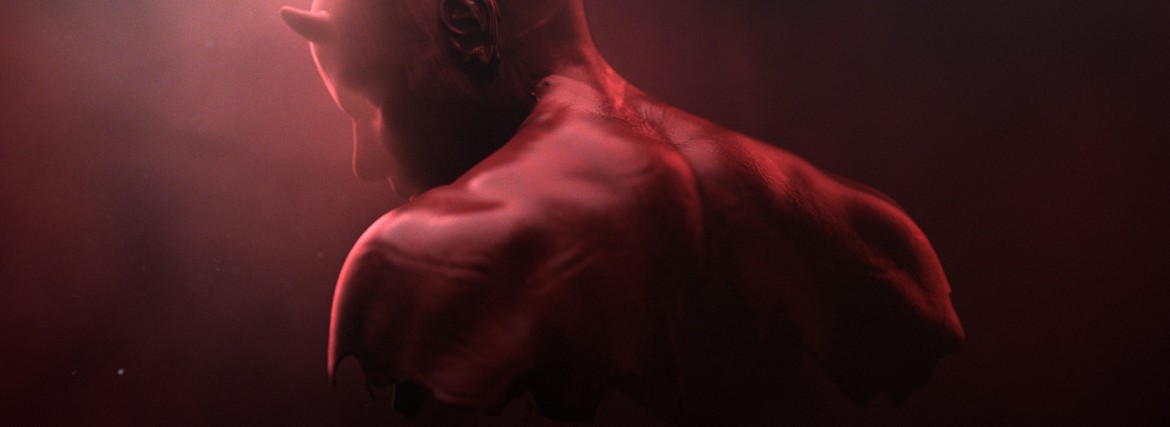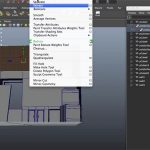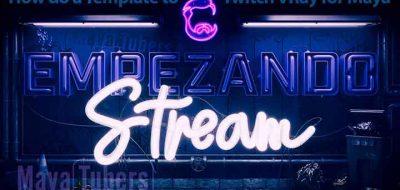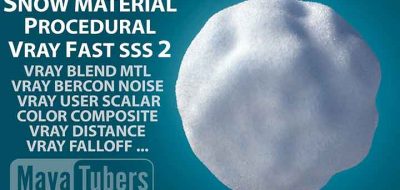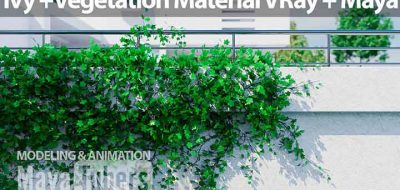The Chaos Group have released an update to V-Ray which adds over a hundred new and modified features, alongside support for Maya 2016. New to V-Ray 3.12 is support for Maya 2016’s HyperShade Node Editor, adding the ability to choose V-Ray as the renderer in the material viewer. Check the V-Ray 3.1 page for a complete list of what is new and improved.
V-Ray 3.1 for Maya contains over 100 new and modified features
Workflow Improvements
V-Ray 3.1 adds Quick settings, with the ability to choose from preset rendering scenarios such as outdoor or indoor lighting and rendering setups. The presets will set the renderer up for each scenario, making it a great starting point.
Light Lister
V-Ray adds a new light lister feature that gives you a panel showing you all the lights and their attributes that you have in your scene. This makes it especially easy to manage complex lighting all on one place, editing intensity, color, temperature, and lighting contributions and the all important sampling, or subdivisions for each light.
The latest update for V-Ray also adds tooltips to much of the interface, and new updated default render settings as well.
Bifrost, V-Ray Clipper
Other Maya 2016 specific features include nhanced Bifrost support, including rendering liquids as isosurfaces without meshing.
The V-Ray clipper makes its way over to Maya. The feature will let you “cut” your scene or models during render time, making it ideal for object cutaways and showing sections.
V-Ray RT GPU Features
V-Ray 3.1 adds some new features to round out its GPU rendering abilities in V-Ray RT. The update adds support for Hair and Fur, Subsurface Scattering, Displacement and Subdivision Surfaces, Light Cache GI, Anisotropic highlights, UDIM textures, Texture baking and new QMC sampling on NVIDIA CUDA devices.
The longer list of V-Ray 3.1 for Maya include:
Maya 2016 support
- Support for new Hypershade Node Editor, Material Viewer, and Lookdev view
- Enhanced Bifrost support – including rendering liquids as isosurfaces without meshing
New – VR cameras
- Support for 6×1 cube maps and spherical stereo images
- Shade Map for optimized stereoscopic rendering
New – V-Ray RT GPU Features
- Hair & fur
- Subsurface scattering
- Displacement & subdivision surfaces
- Light Cache GI
- Anisotropic highlights
- UDIM textures
- Texture baking
- QMC sampling on NVIDIA CUDA devices
Proxy Object improvements
- Identical proxy objects are now automatically instanced
- Improved viewport previews with mesh simplification options
- Import multiple proxy objects at once
- Support for hair and particle instances
- Support for instancing Ogawa Alembic files
- Mesh viewer utility – to view proxy objects and Alembic files, including subdivision surfaces, particles, and hair
Workflow & User Interface
- Quick settings
- Light Lister
- Tooltips
- Updated default render settings
Geometry
- Faster rendering of dynamic meshes, proxy objects, and instances
- Faster rendering of hair and fur
- Intel Embree acceleration for hair and fur
- VRayClipper – for cutaways and sections
Lights
- Light meter – new helper object for lighting analysis
Global Illumination
- Updated Light Cache algorithm removes light leaks and improves animation
Volume rendering
- Probabilistic shading for faster volume rendering

